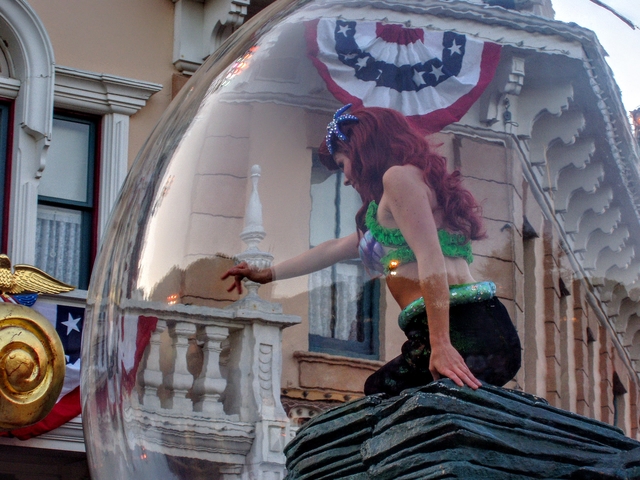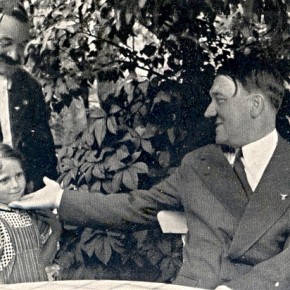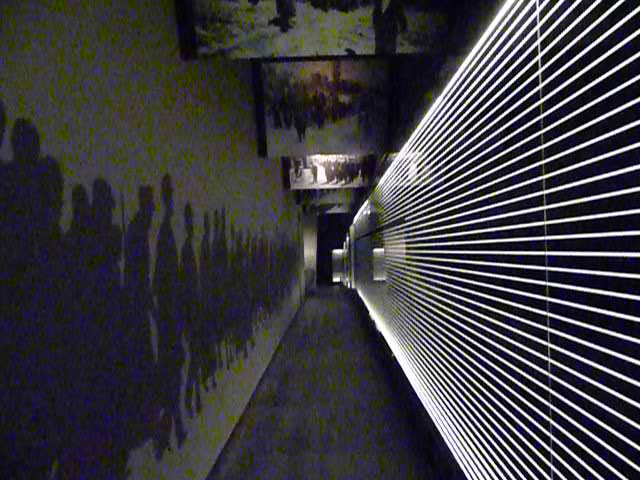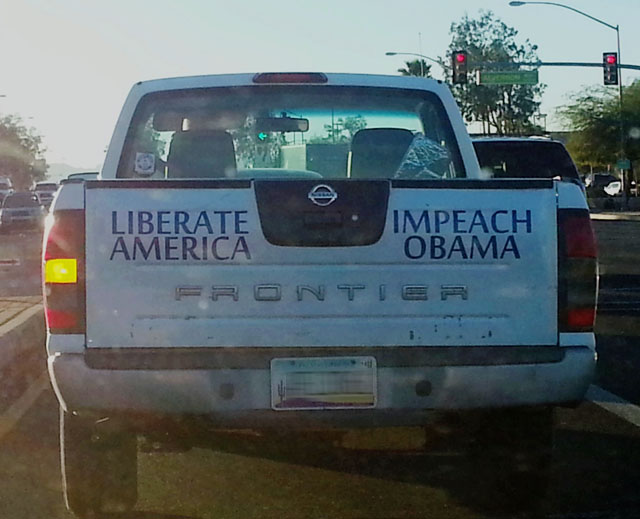Sometimes, when you get distracted from your distraction, it can all seem like a cruel joke. You have paid a lot of money and will no doubt be paying more, once you factor in souvenirs and sustenance, to pass most of your time standing in line. And you are supposed to be celebrating this purgatory, because this is Disneyland, the self-proclaimed “happiest place on Earth.”
For people who grew up in societies where scarcity was the norm, like the former Soviet Union, who sometimes spent hours each day queuing up for toilet paper and meat, this behavior must seem a little silly. And yet they, too, willingly participate in this strange bait-and-switch, in which the promise of exhilaration lures consumers to consign themselves to rarified boredom. On a busy day, visitors to Disneyland and its sibling parks might wait over two hours to go for a ride that only last five minutes. But lines are always part of the experience.
I was recently at Disneyland on a cold, rainy day with winds so strong that they forced many attractions to close. While the conditions definitely diminished the average wait, my family and I still spent enough time queued up to ride Space Mountain — currently renamed Hyperspace Mountain in honor of Star Wars — to end up completely soaked and shivering.
Nor is the bureaucratic tedium reserved for waiting in line. Navigating the park means coping with a near-perpetual traffic jam, more densely packed than crowds at the busiest airport. And when the park workers start to cordon off areas prior to one of the numerous parades and move to impose one-way traffic flows, getting where you want can feel like the labor of Sisyphus.
So why do people willingly subject themselves to such apparent torture? Why have I done so, over and over, despite being fully aware of all the problematic things that the Walt Disney corporation has done over the years, not to mention the sheer cost of the enterprise? Perhaps this behavior is another example of what Slovenian intellectual Slavoj Žižek identifies as cynical reason, the notion that people are no longer likely to act out of ignorance so much as a knowledge they disavow: they know full well the implications of what they are doing, but they continue to do it anyway.
There’s certainly something dysfunctional about repeating the same action over and over because of the promise of pleasure when it mostly leads to pain. But what if the point of visiting places like Disneyland were not simply to have fun in the way that the brochures and website advertise? What if, in fact, the hours of waiting in line and navigating crowds weren’t just an annoyance, but an essential part of the experience? What if boredom were just as important as the thrills that punctuate it?
Disneyland and Disneyworld were not always so dominated by lines. On my first few visits as a child in the 1970s, the parks were still regulating the flow of traffic by requiring that people purchase tickets for attractions. Cleverly, these tickets came in booklets subdivided according to the first five letters of the alphabet. Less popular attractions could be seen with an A or B ticket. But the major rides, like the Matterhorn, demanded an E ticket, a designation that eventually transcended its origins to become a metonymic way of describing any popular and therefore costly experience. While it was still necessary to wait in line, enough visitors opted to take advantage of their A and B tickets to disperse the crowds throughout the park.
Today, while it is still possible to spend your time at less popular attractions, the fact that the price of admission includes access to all attractions significantly reduces the incentive to steer clear of the sort that would once have merited an E ticket. The introduction of the Fast Pass system, through which visitors are able to secure a time later in the day for a short-cut to see one of those popular attractions has also made lines a more prominent part of the experience. Since it is only possible to hold one Fast Pass at a time, you must decide which regular-length lines to stand in while waiting for that one-hour window to go on a favorite ride after a much shorter wait. The fact that there are two lines for each popular ride, sometimes wending their way out in the open for everyone to see, further emphasizes the necessity of waiting for your thrills.
If you actually watch what people are doing while they wait in line, the perception that they are trapped in a state of unhappy tedium starts to dissolve. Many of them are so absorbed by their mobile phones that they barely seem to notice where they are. That is a common sight these days, of course, wherever people find themselves waiting in line: at the grocery store check stand, at the airport, at a government office. But there are also those who use their phones for social purposes, sharing links and taking selfies with their friends and families.
Eventually, though, the time comes when the signal or battery wanes — thick-walled interior spaces tend to have poor reception — and people are forced to occupy themselves without their technological prosthetics. That is when the most acute boredom should set in. With the exception of small children, though, that is not what you typically witness. Rather than just shuffling forward in silence, the people waiting in line start talking, both to the strangers around them and to the members of their own party. They are like the spectators at a sporting event who take advantage of the in-between times when nothing is happening on the field or court to have a conversation. The same phenomenon can be seen in the dense crowds that assemble along the edge of the park’s roadways to secure a good spot from which to watch a parade.
While almost all the attractions at Disneyland are pre-scripted down to the tiniest detail, the people who come to see them end up spending the majority of their time having interactions that are unpredictable and sometimes deeply meaningful. This is particularly obvious in the case of families, who have been so divided by differing schedules and the technology they use to engage with the outside world that they rarely have the opportunity to sustain dialogue that goes beyond the pro forma pleasantries and not-so-pleasantries that dominate their daily conversation back home.
Part of the reason that these sustained interactions tend to happen at a place like Disneyland is that it is such a controlled environment. You can’t sit or stand anywhere you want to. You have to wait in line like everybody else. And you are reminded in countless ways that the people working hard to provide you with the sort of experience Walt envisioned for the park are not just tour guides, servers, and janitors, but also police, making sure that you follow the proper procedures. That’s what sets Disneyland and its siblings apart, when compared to other theme parks and traveling carnivals, the fact that they are run like totalitarian states. However cheerful the parks may seem on the surface, they prosper because they equate happiness with social control. Even in those moments, such as standing in line or waiting for the parade, when unscripted interaction is most likely, the overt policing of behavior is constant.
So why do so many millions keep coming back for more? Why do I? In an era when popular culture continues to fragment into more niche markets every month, the fact that the mythologies Disney controls — classic European fairy tales, enduringly popular Pixar narratives like Toy Story and Finding Nemo, Winnie the Pooh and now Star Wars — are about as universal as it is possible to get in this era is appealing. The feeling of having something in common with large crowds is a welcome compensation for the atomization that proliferates in everyday life. At Disneyland, I am able to wriggle free of the critical posture I normally inhabit and share in my fellow park-goers’ delight when Ariel rolls by in the parade and when the animatronic villains on Pirates of the Caribbean sing their praises to the life of an outlaw.
The more I reflect on what Disneyland actually delivers, though, the more I wonder whether that feeling of solidarity derives as much from the experience of crowdedness itself as it does from the rides, parades and conveniently located gift shops. Some part of me and, presumably, millions of other park-goers desires to give up freedom temporarily to be subjected to a totalitarian state in microcosm, where it’s possible to trust that rules will be enforced without much flexibility and a provisional equality is the result. It’s like paying to live in a fantasy of what communist states could have been, rather than the massive disappointments that they ended up becoming .
Maybe that sounds too harsh. But it’s undeniable that visitors to Disneyland consent to a degree of top-down control that they would almost certainly rail against outside its doors. This seems true for Americans, anyway, whose primary defense against fascism has always been their antipathy towards rules and regulations. I’m starting to think that Disney’s devotion to canon, the official versions of tales that are so easy to retell in transgressive ways, must be considered in tandem with the image of order that it works so hard to project. In both cases, policing of boundaries —chains and ropes are ubiquitous in Disneyland and its siblings — is paramount.
This is not to dismiss the vast number of ways in which fans of Disney’s intellectual property are able to turn it towards ends that the corporation would never endorse. The stories Disney sells us can be slanted, the relationships within them reconfigured to enable all manner of “shipping”. Yet none of the energy expended on making Disney browner, blacker, gayer or more socialist does much to impact the fundamentally totalitarian nature of the way its theme parks function.
The tension between rebellious fandoms and the canon-constrained products of the Disney corporation is important and interesting to explore. Studies of how boys and girls are brought up in relation to Disney narratives, internalize them to an often startling degree, and then begin to search out the seams and fissures within them in adolescence are deeply necessary. But I also think we must attend, particularly in this time when millions of people in the developed world are flirting with totalitarian impulses, to the ways in which the experience of Disney theme parks testifies to a desire for order — and even to be ordered about — that constitutes as rich a part of people’s fantasy lives as princesses, pirates and Jedi knights. I have been searching my own feelings about my recent trips to Disneyland and am both disturbed and excited by what I am finding, a dark underworld of the mind in which the values I hold most dear are called into question.
Photographs courtesy of the author











